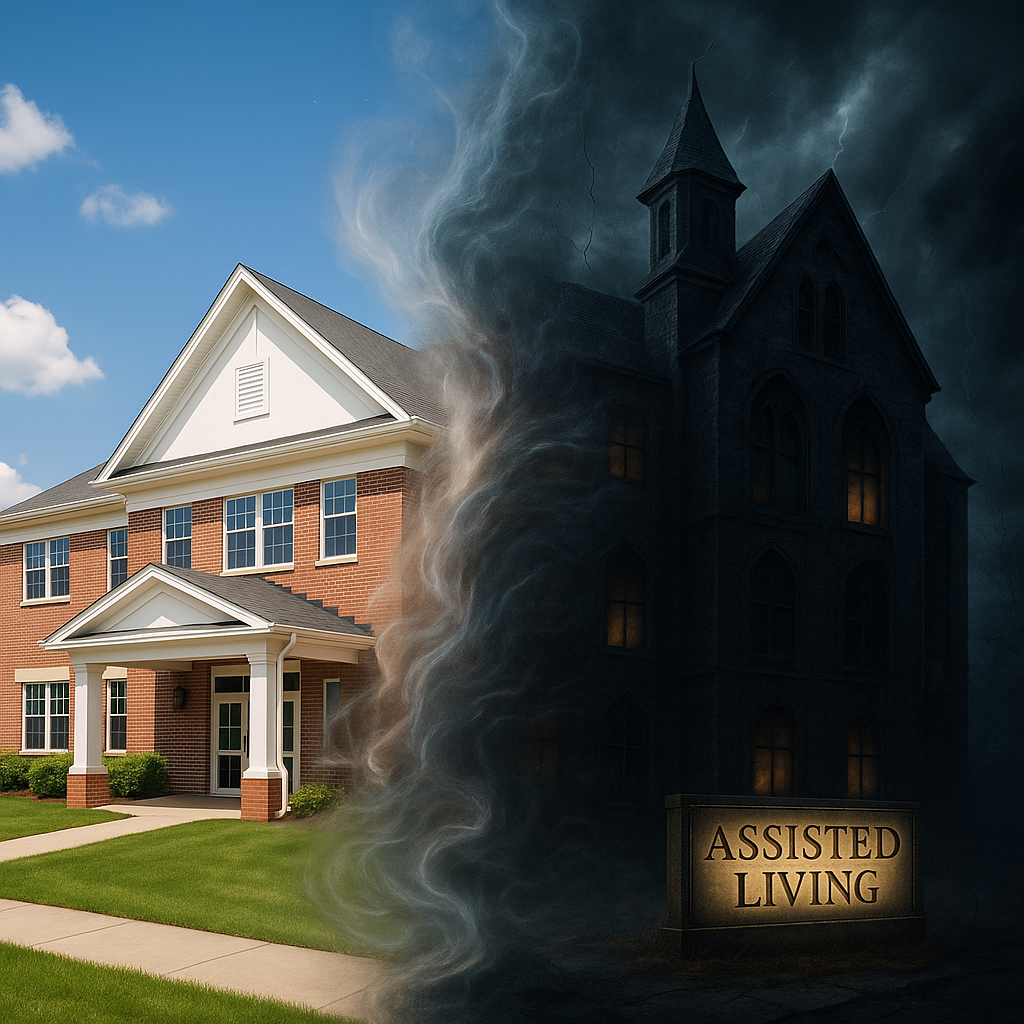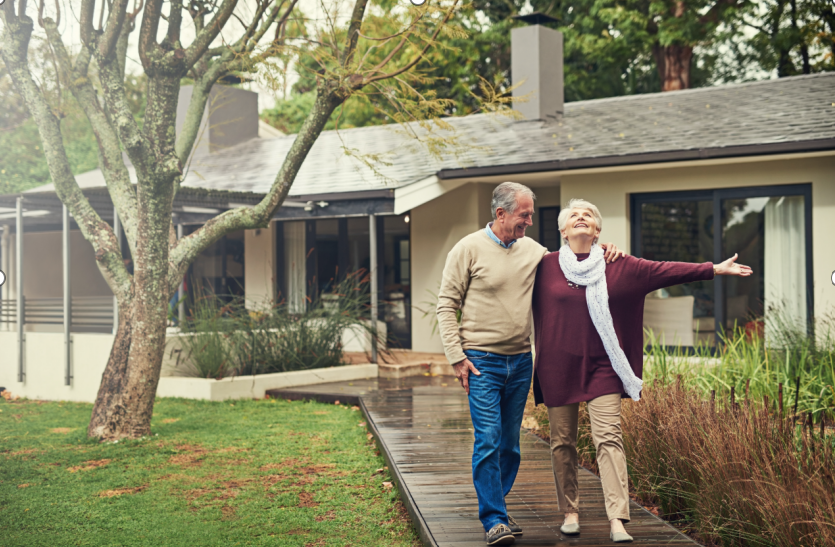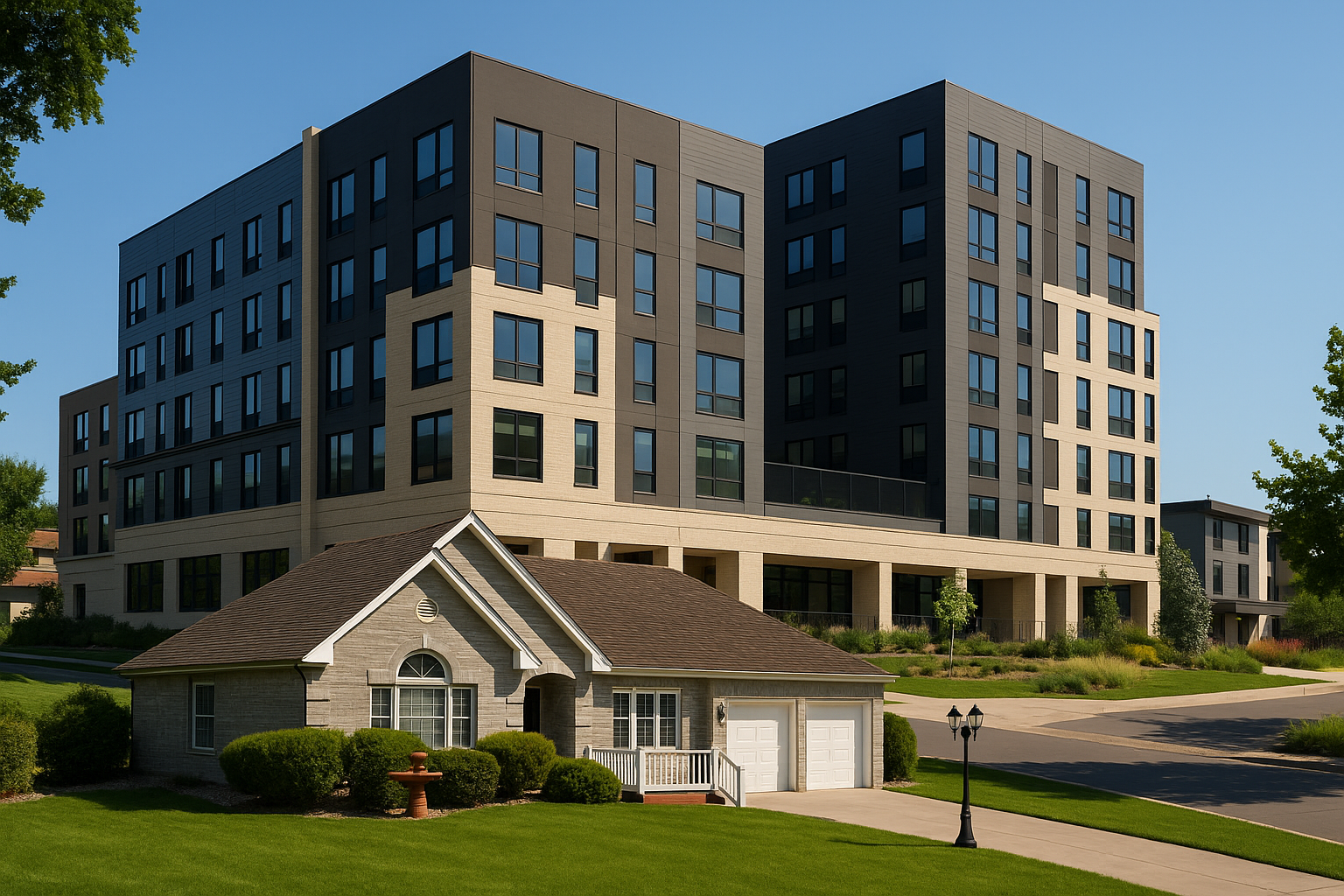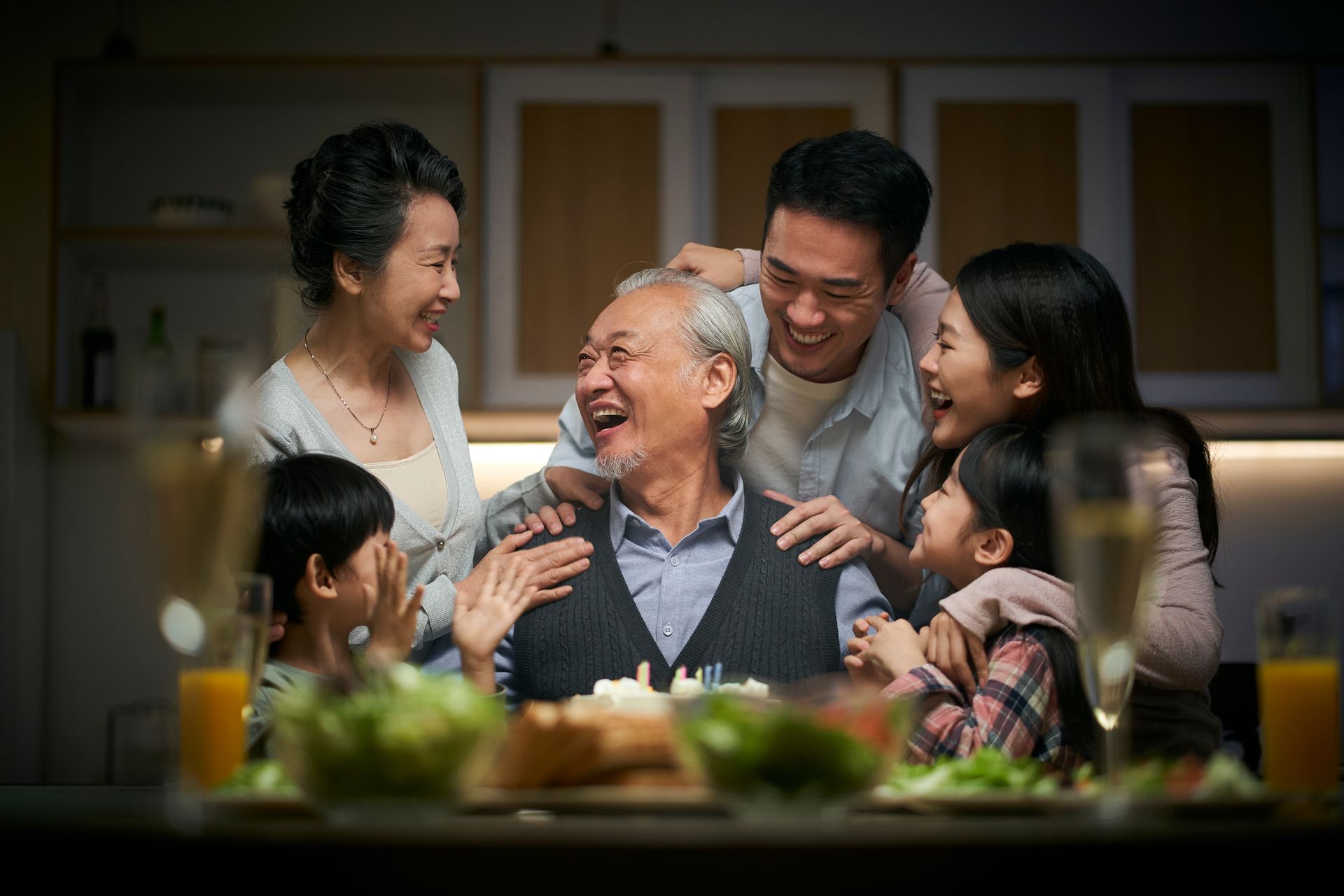BLOG
Personalizing Care: Tailoring Support for Individuals with Parkinson’s
How can personalized care meet the unique challenges faced by Parkinson’s patients? With the increasing prevalence of Parkinson’s disease, the necessity for tailored care approaches has never been more critical. Personalized care strategies are essential to address specific symptoms and improve the quality of life for those affected by this progressive neurological disorder.
Understanding Parkinson’s Disease: Symptoms and Challenges
Parkinson’s disease is a progressive neurological disorder that primarily affects movement. Common symptoms include tremors, stiffness, and bradykinesia (slowness of movement). These symptoms can vary significantly from person to person, making it essential to adopt specialized care strategies tailored to individual needs.

The prevalence of Parkinson’s is increasing, with approximately 60,000 Americans diagnosed each year. This growing number underscores the importance of understanding the unique challenges faced by patients. Daily living can be severely impacted, as symptoms often interfere with basic activities such as walking, eating, and speaking.
Tailored Therapeutic Approaches
Therapeutic approaches for Parkinson’s patients must be tailored to address their unique symptoms and challenges. Physical therapy plays a crucial role in improving mobility, balance, and strength. Customized exercise programs can help patients maintain their physical abilities and reduce the risk of falls. Techniques such as gait training and resistance exercises are often employed to enhance motor function.
Occupational therapy focuses on enabling patients to perform daily activities more effectively. Therapists work with individuals to develop strategies for managing tasks like dressing, cooking, and personal hygiene. Adaptive equipment and home modifications can also be recommended to create a safer and more accessible living environment.
Speech therapy is essential for addressing communication difficulties and swallowing issues common in Parkinson’s patients. Therapists use personalized exercises to improve speech clarity and volume. Additionally, they provide techniques to manage dysphagia, ensuring patients can eat and drink safely.
Innovative Care Technologies
Emerging technologies are revolutionizing personalized care for Parkinson’s patients. Wearable devices, such as smartwatches and fitness trackers, monitor vital signs and movement patterns in real-time. These devices provide valuable data that helps healthcare providers adjust treatment plans based on the patient’s daily activity and symptom fluctuations.
Telehealth services have become increasingly important, offering remote consultations and therapy sessions. This technology ensures continuous care, especially for patients with mobility issues or those living in remote areas. Virtual visits allow for timely adjustments to care plans and provide patients with the convenience of accessing medical advice from home.
AI-driven care plans are another significant advancement. Artificial intelligence can analyze vast amounts of data to predict symptom progression and recommend personalized interventions. For example, AI algorithms can suggest specific exercises or medication adjustments based on the patient’s unique condition and response to treatment.
Holistic Lifestyle Support
A holistic approach to Parkinson’s care encompasses diet, exercise, and mental health support, all tailored to the individual’s needs. Nutrition plays a vital role in managing symptoms and overall health. Personalized dietary plans can help address specific nutritional deficiencies and support medication efficacy. For instance, a diet rich in antioxidants and omega-3 fatty acids can promote brain health and reduce inflammation.
Regular exercise is crucial for maintaining mobility and physical function. Customized exercise routines, including activities like yoga, tai chi, and strength training, can improve balance, flexibility, and muscle strength. These activities not only enhance physical well-being but also provide mental and emotional benefits, reducing stress and anxiety.
Mental health support is equally important in a holistic care plan. Parkinson’s patients often face challenges such as depression and anxiety, which can significantly impact their quality of life. Personalized mental health strategies, including counseling, support groups, and mindfulness practices, can help patients manage these challenges effectively.
The Future of Personalized Care for Parkinson’s
The future of personalized care for Parkinson’s patients looks promising, driven by ongoing innovations and research. Advances in genetic research are paving the way for more precise treatments. By understanding the genetic factors that contribute to Parkinson’s, scientists can develop targeted therapies that address the root causes of the disease.

Photographer: Billion Photos
Stem cell therapy is another area with significant potential. Researchers are exploring how stem cells can be used to regenerate damaged neurons and restore normal brain function. This approach could offer a groundbreaking treatment option for Parkinson’s patients, potentially slowing or even reversing disease progression.
Wearable technology and AI will continue to evolve, providing even more sophisticated tools for monitoring and managing symptoms. Future devices may offer real-time feedback and predictive analytics, enabling patients and healthcare providers to make more informed decisions about care. These technologies will likely become more integrated into daily life, offering seamless support and enhancing patient autonomy.
Embracing Personalized Care for a Better Tomorrow
Personalized care is essential for addressing the unique challenges faced by Parkinson’s patients. Understanding the symptoms and tailoring therapeutic approaches can significantly improve quality of life. Embracing these personalized strategies ensures a brighter future for Parkinson’s patients. Contact Assured Senior Living to learn more about our personalized care solutions.
Assured Senior Living is here to give your loved ones the care and attention they deserve. Call (303) 814-2688.
Contact us today, or download our free Family Decision Toolkit guide for more information.















